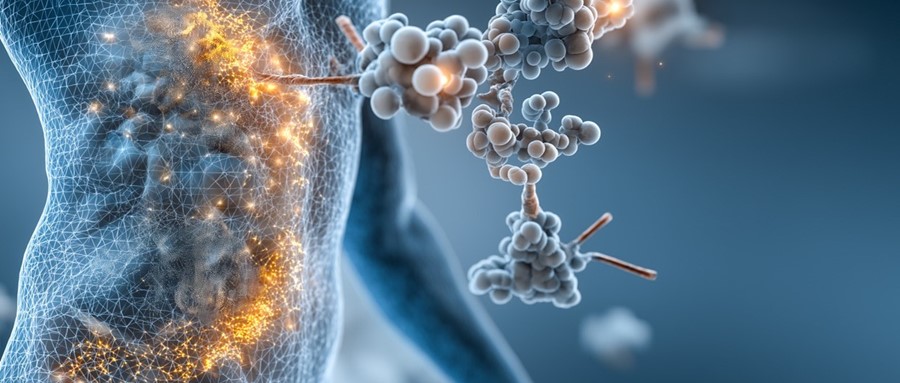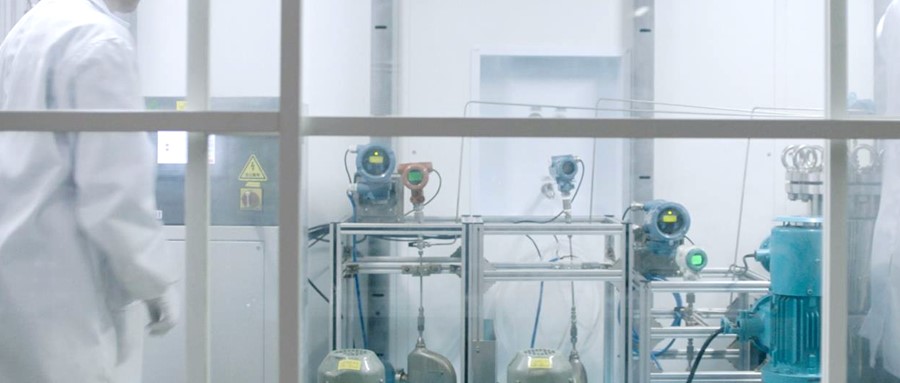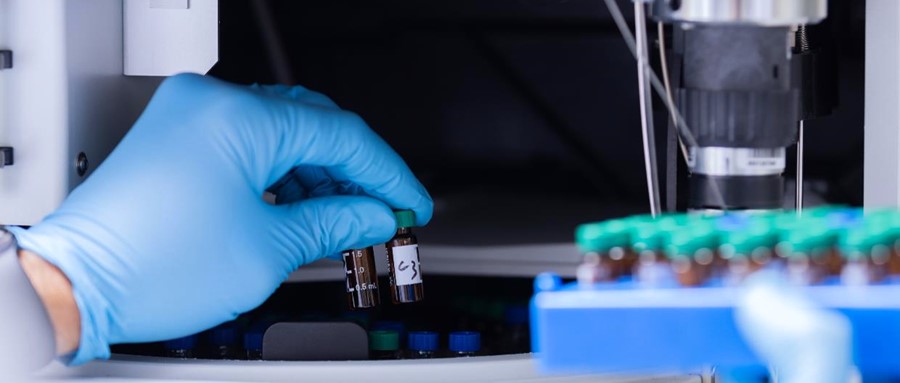
Small MoleculesOct 30, 2025
Expert Q&A: How to Efficiently Apply Preparative Chromatography in Drug Research
How to Efficiently Apply Preparative Chromatography in Drug Research

Small MoleculesSep 24, 2025
Biocatalysis: A Powerful and Possible Greener Tool for Chemists in the Pharmaceutical Industry
End-to-end Enzyme Solutions Efficient Screening & process Development Comprehensive Quality Control Extensive Successful Applications Cases Technological Innovation Enabled Cost Savings

Case Studies & WhitepapersSep 23, 2025
Expert Q&A: Molecular Simulation and Data Science Support of Porton
Explore virtual screening duration, differences from property optimization, and crystal structure requirements for impurity rejection calculations.

Case Studies & WhitepapersAug 14, 2025
Selecting the Right Solid Form-Faster, Smarter, Better
At Porton J-Star, we employ an integrated approach to identify and select the most suitable solid form for development (Figure 2). We conduct effective screen and rigorous assessments for polymorphs, salts, cocrystals, as well as amorphous solid dispersions, by applying our comprehensive expertise and experience.

Small MoleculesJul 21, 2025
Fast and Efficient:Significant Cost Reduction of a Starting Material
3 parallel chemical reactions, controlled crystallization process. Successful preparation, purification and characterization of all relevant impurities. High quality product. Successful development of relevant analytical methods. Successful cross-team and cross-site collaboration.

Small MoleculesJun 27, 2025
Multiple Approaches to Address the Challenges of Oral Absorption of PROTAC Drugs
As a global CDMO serving global innovative pharmaceutical companies and research institutions, Porton has an extensive experience in research and manufacturing services, especially in the field of PROTAC drug development. Porton is committed to the development and production of PROTAC oral formulations and provides customers with comprehensive, reliable, fast, and compliant one-stop services, to meet customers' supply chain needs and facilitating the commercial success of their products from research and development to order fulfillment.

Case Studies & WhitepapersJun 04, 2025
Flow Chemistry: A New Technology to Enhance the Traditional Batch Process in the Delivery Requirement
Continuous reaction can effectively solve the problem of "amplification effect" in batch processes from research and development to pilot testing, and then again to commercial production. Porton’s continuous reaction capabilities include low-temperature lithiation reaction, ozone oxidation reaction, nitrification reaction, high-temperature reaction, and organic azide reaction, etc., which can achieve process development and technology transfer from research and development to production application.

Small MoleculesApr 27, 2025
Comprehensive Analytical R&D and QC Expertise in Pharmaceutical Development
This white paper details our extensive capabilities in Analytical Research and Development (R&D) and Quality Control (QC) for pharmaceutical drug development. It highlights our expertise in method development, structure elucidation, and method troubling. Our goal is to ensure the highest standards of quality and efficiency in drug development and manufacturing.

Biologics and ConjugatesApr 23, 2025
Challenges and Advances in CMC Process Development of BsADCs
Antibody drug conjugates (ADCs) have seen significant breakthroughs and reached numerous milestones since 2000 when the first ADC was approved by the FDA and have shown great promise for the treatment of cancer. First generation ADCs were designed to use the affinity of an antibody towards a specific cellular target to bring the cytotoxic payload to the tumor, for example. However, some level of off-target toxicity was often seen with many ADCs because other cellular interactions could occur prior to the payload physically reaching its intended target or the payload could cleave off. These events could lead to unintended death of non-cancerous cells.


